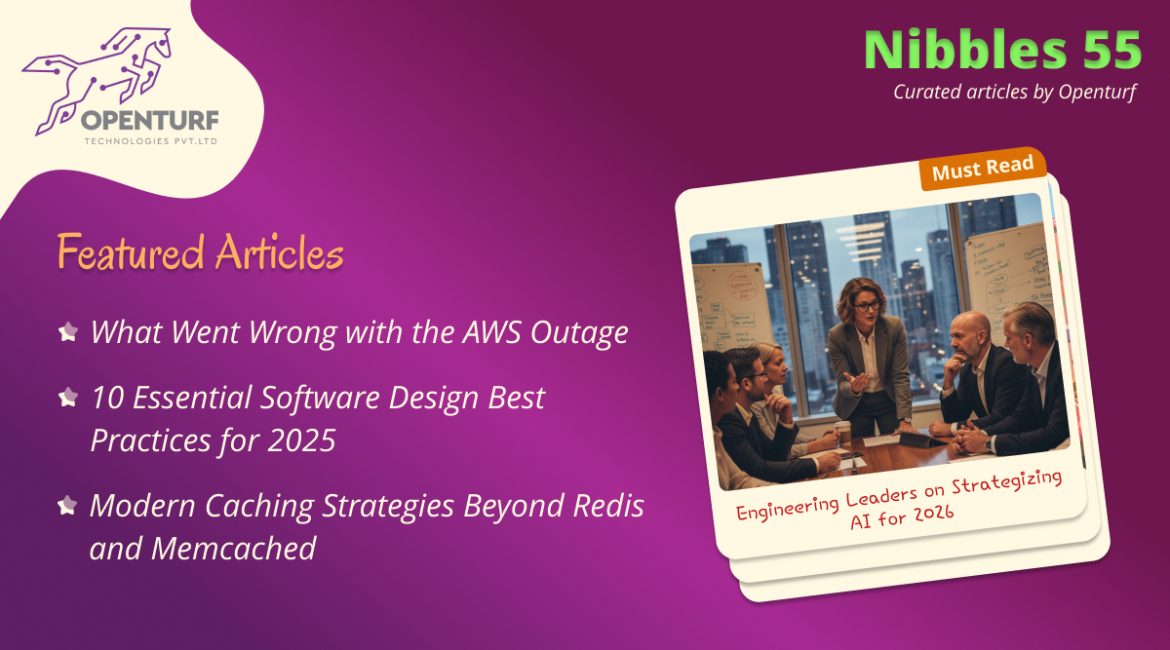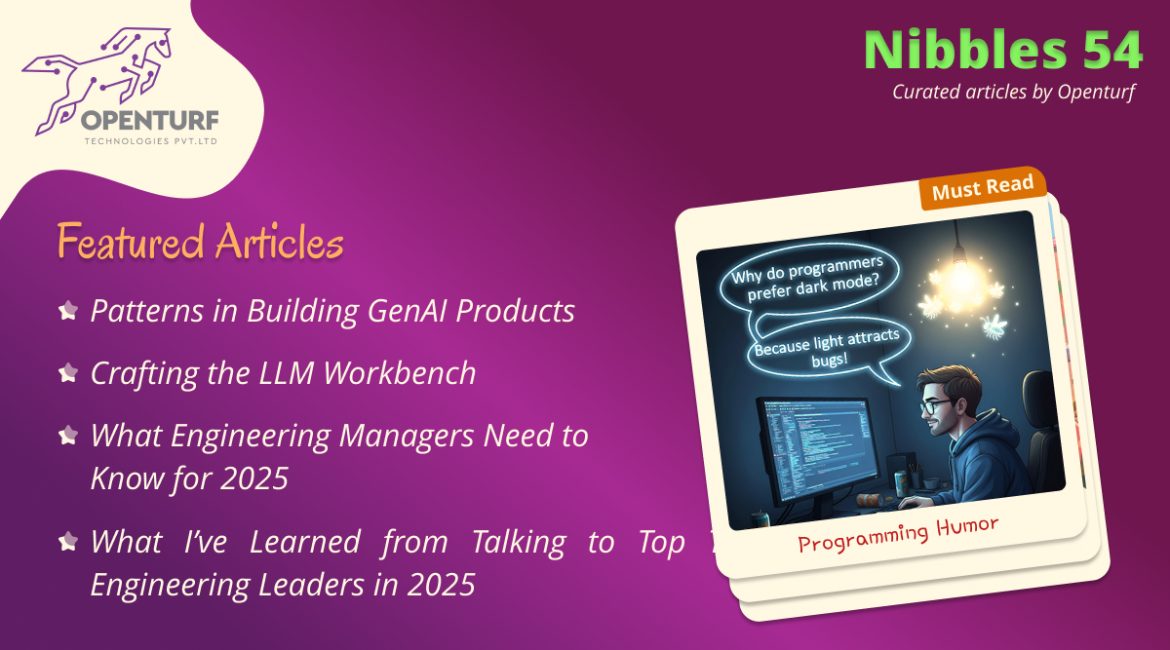GitHub has rolled out major improvements to its search backend — rewritten in Rust with Zing indices and near-instant streaming search across massive repos. This upgrade dramatically improves cross-repo discovery, regex support, and monorepo developer experience. Read more: https://github.blog/engineering/architecture-optimization/the-technology-behind-githubs-new-code-search/ What is the future of platform engineering? Focus on the ‘Why’...
From Chatbots to Workforce Automation: The Rise of Enterprise AI Agents
For years, AI in the enterprise was mostly about chatbots. They could answer questions, guide users through a workflow, but that was it. In 2025, the story finally changes. We’re entering an era where AI agents don’t just talk, they take action. They operate like digital teammates who can triage...
The Engine Room: Building Production-Ready AI with TurfAI Infrastructure
The biggest risk in enterprise AI isn't building a model, it's building an unstable, unmanaged architecture around it. Most innovative AI projects fail in the move to production, stalled by complexity, lack of governance, and siloed data. TurfAI solves this by providing a unified, enterprise-grade infrastructure. It’s not just an...
What Went Wrong with the AWS Outage
The massive outage in Amazon Web Services’ US-EAST-1 region was traced to a race condition in the DNS automation of the DynamoDB service. An empty DNS record and automation failures propagated across multiple AWS services, disrupting dozens of major websites and apps. Read more: Network World article Engineering Leaders on...
Next-Gen Observability: Why OpenTelemetry is the Fuel for GenAI-Powered AIOps
The world of IT operations is facing a complexity crisis. As applications become collections of tiny, interdependent microservices that are often spread across multiple clouds, the sheer volume of operational data is overwhelming. We've moved beyond simple monitoring (Is the service up?) to observability (Why is the service slow?) Now,...
GenAI for Hyper-Personalization: The End of Generic Customer Experience
The era of one-size-fits-all customer engagement is no more. In a world saturated with information and choices, customers no longer just expect personalization; they demand hyper-personalization, experiences so finely tuned to their individual needs and preferences that they feel uniquely understood. For years, this was a marketer's dream, largely unattainable...
What I’ve Learned from Talking to Top Engineering Leaders in 2025
Engineering execs share insights on AI adoption, scaling distributed teams, and the tradeoffs of speed vs stability. If you want to read more, click here. What Engineering Managers Need to Know for 2025 Shifting expectations for managers: agentic systems, memory-aware AI tools, and new skills for team leadership.If you want...
Scaling AI: Strategies for Managing MLOps in Production Environments
Building a machine learning model is like building a powerful engine. But getting that model to perform reliably in a production environment, with real-time data and changing conditions, is like building and flying a rocket. It requires a different set of skills and an entirely new operations discipline. For years,...
The Rise of Retrieval-Augmented Generation (RAG): Bridging Creativity with Accuracy
Generative AI is powerful, but it has one big flaw: it often makes things up. Known as “hallucinations,” these inaccuracies limit trust when deploying AI in critical business scenarios. Retrieval-Augmented Generation (RAG) has emerged as the answer, combining the creativity of generative models with the reliability of real-time data retrieval....
The Ethics of Synthetic Data: A New Frontier for AI Training
The digital universe is expanding at an unimaginable pace, spewing forth petabytes of real-world data every second. Yet, paradoxically, for many cutting-edge AI applications, real data is often the biggest bottleneck. It's too sensitive, too scarce, too biased, or simply too expensive to acquire. Synthetic data – artificially generated data...



